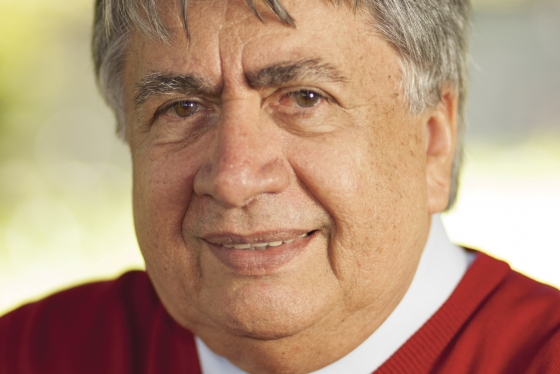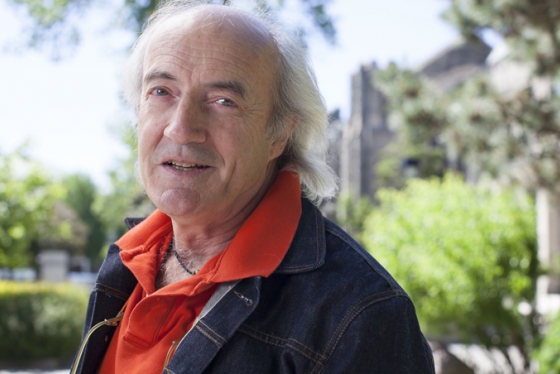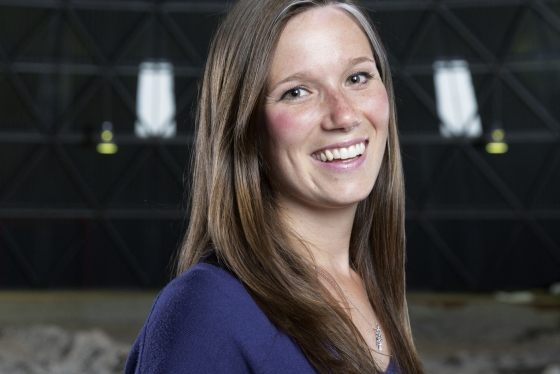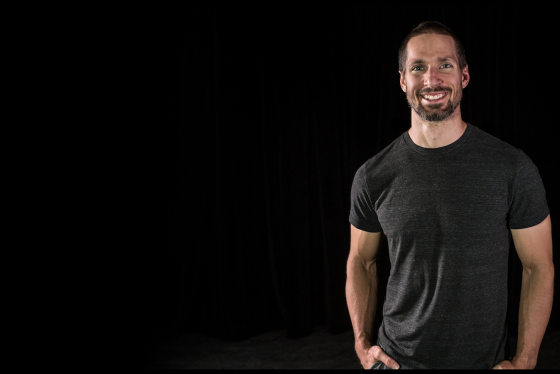Faculty of Applied Science & Engineering | School of Graduate Studies
Cameron Robertson
Bachelor of Applied Science (BASc) 2008, Aerospace Master of Applied Science (MASc) 2009, Aerospace
Cameron Robertson learned a lot about pressure and team-building during his days at the University of Toronto. It started with rugby, but since then his career has literally taken off.
Cameron Robertson met Todd Reichert while playing rugby at U of T and today they are friends and business partners, owning and operating Aero Velo, an engineering firm dedicated to increasing the public’s awareness of sustainable solutions to society’s most pressing technological challenges.
Robertson and Reichert gained World-wide fame before they started the company when they led a team that designed and built the Snowbird Human-Powered Ornithopter. The result was the world’s first human-powered flapping-wing aircraft to sustain flight in August 2010, the realization of an ancient aeronautical dream. The ornithopter weighs just 95 pounds and has a wingspan of 32 metres (105 feet). The team didn’t have much research funding for the project so they did fundraising themselves throughout the project’s 3-year timeline. For this accomplishment they were awarded the CASI Trans-Canada McKee Trophy, one of the highest honours in Canadian aerospace.
After the success of the Snowbird, Reichert and Robertson pursued and won the AHS Sikorsky Prize, a $250,000 challenge that had gone unclaimed since it was founded by the American Helicopter Society about 35 years ago.
The Atlas Human-Powered Helicopter takes up an entire soccer field, and took 8 months to design and build, then 10 months to test and fine-tune. For the summer months, the team lived together in Tottenham, Ont., working out of a barn as one of their teammates raised pythons in the basement.
The team won the Sikorsky prize because it was the first flight of a human-powered helicopter to exceed 60 seconds in duration and reach three metres in height. The team raised funds including U of T support, research and educational grants, corporate sponsorship, and using Kickstarter.com to raise $34,000 for the project.
Robertson said one of the biggest benefits of attending U of T Engineering “was the generalism, learning many different disciplines in the first two years.” In third year he became more involved in design teams at the Institute for Aerospace Studies.
Their company’s next challenge will be to break the World Human-Powered Speed Record on five miles of road in Nevada next September, by designing and riding a high-speed aerodynamic bicycle. The current world record is 133 kph.
The company will enlist eight U of T engineering students next summer to help with the high-speed bicycle research program. Robertson said his advice to prospective U of T engineering students would be to “get involved in extra-curricular activities, through design teams or students groups. Being at U of T provides students with an incredible opportunity to discover their true interests and passions.”
Published Dec. 9, 2013.






